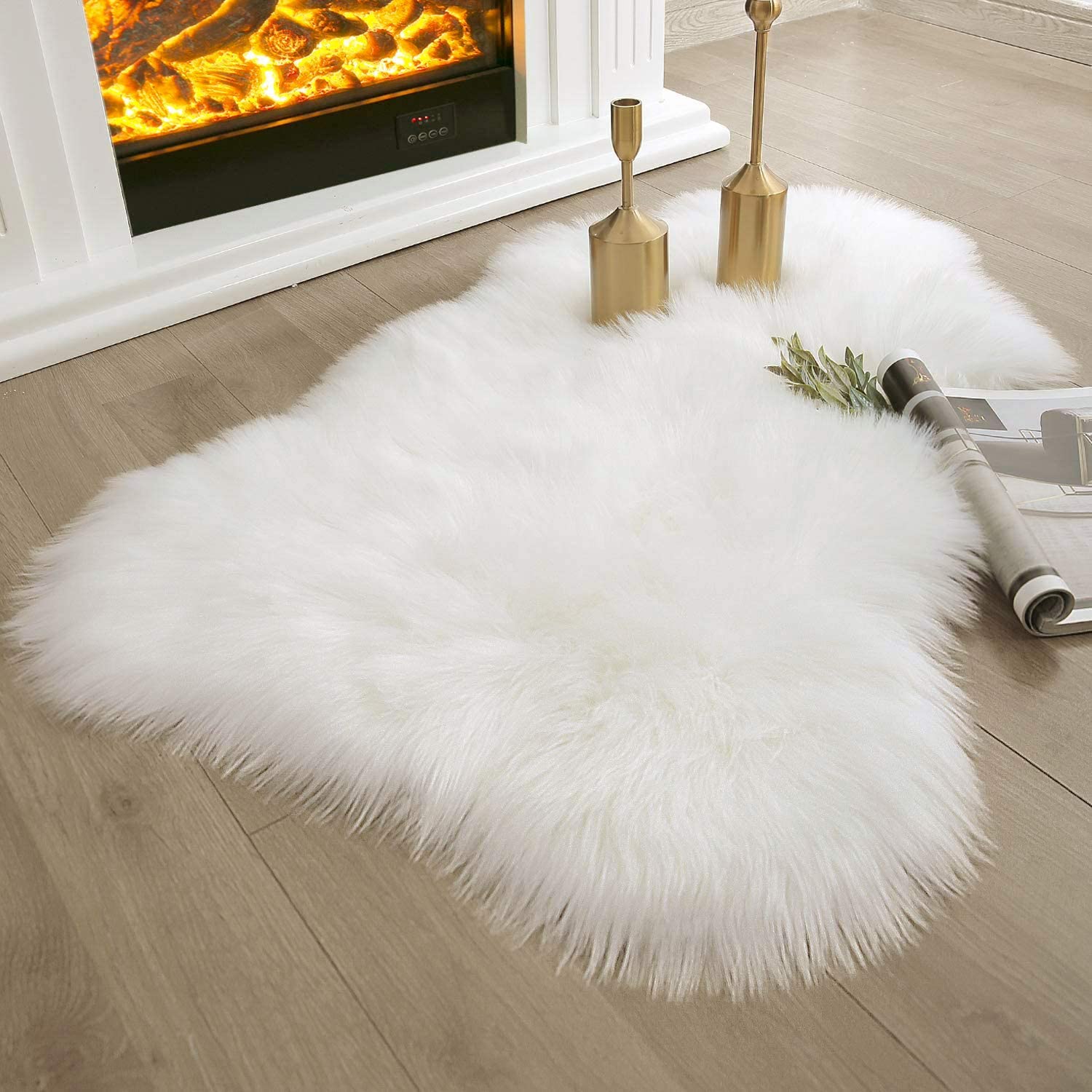Interior Design: Tips and Tricks for Creating Your Dream Space
Interior design is the art of enhancing the interior of a space to make it aesthetically pleasing and functional. Whether you're designing your home, office, or commercial space, creating a space that is both beautiful and practical can be challenging. However, with the right knowledge and guidance, you can transform any space into your dream space. In this article, we will explore some tips and tricks to help you achieve your interior design goals.
Fuzzy Rug Machine Washable Shag Rug,
Start by understanding your needs and wants as an interior designer.
Before you begin designing your space, it's essential to understand your needs and wants as an interior designer. What do you want to achieve with the space? What are your style preferences? What are your must-haves and deal breakers? Knowing the answers to these questions will help you create a space that meets your needs and reflects your style.
Take into account your budget and what you can realistically afford.
Budgeting is an essential part of any interior design project. Be sure to have a realistic budget and stick to it. Determine what you can afford and prioritize the areas where you want to spend more money. Knowing your budget will help you make informed decisions about what you can and can't do with your space.
Look at existing interior design trends to get an idea of what is popular and what will look good in your space.
Keeping up with interior design trends can be overwhelming, but it's essential to understand what's popular and what will look good in your space. Look for inspiration online, in magazines, or your favorite home décor stores. Use these ideas as a starting point to create a space that reflects your style while still staying current.
Don't be afraid to be creative when designing your space. Consider using unique design elements or repurposing items in unexpected ways. Add personal touches that reflect your personality and style. The key is to create a space that is uniquely yours.
Use natural light and cheerful colors to make your home feel cheerful and inviting.
Natural light and cheerful colors can make your space feel bright and inviting. Use natural light to your advantage by adding window treatments that allow light to filter in. Choose colors that make you happy and create a warm and welcoming atmosphere.
Consider using accent pieces to add personality and interest to your space.
Accent pieces can add personality and interest to any space. Consider adding unique art pieces, decorative pillows, or area rugs to enhance the overall design. These items can be easily swapped out or changed over time, allowing you to refresh your space without a complete overhaul.
Use storage to maximize your space and make it functional.
Maximizing your space is crucial to creating a functional and practical interior design. Consider adding storage solutions like shelves, cabinets, or organizers to keep your space clutter-free. Not only will this make your space look cleaner and more organized, but it will also make it easier to use.
Pay attention to detail when designing your space, and make sure everything looks coordinated.
When designing your space, pay attention to the details. Make sure that everything looks coordinated and works together. Choose furniture and decor that complement each other, and consider how each element fits into the overall design.
Take your time when designing your interior and be patient – it will pay off in the end.
Creating the perfect interior design takes time and patience. Don't rush the process and be willing to make changes along the way. Take the time to get everything just right, and your efforts will pay off in the end.
Before starting the design process, create a detailed plan that includes a floor plan, color scheme, and furniture layout.
Creating a detailed plan before starting the design








